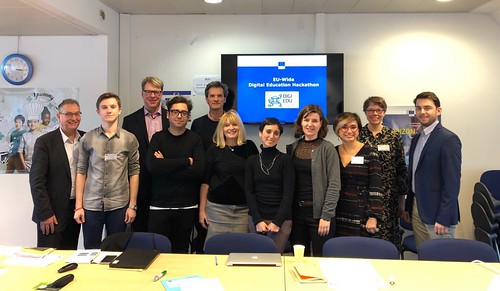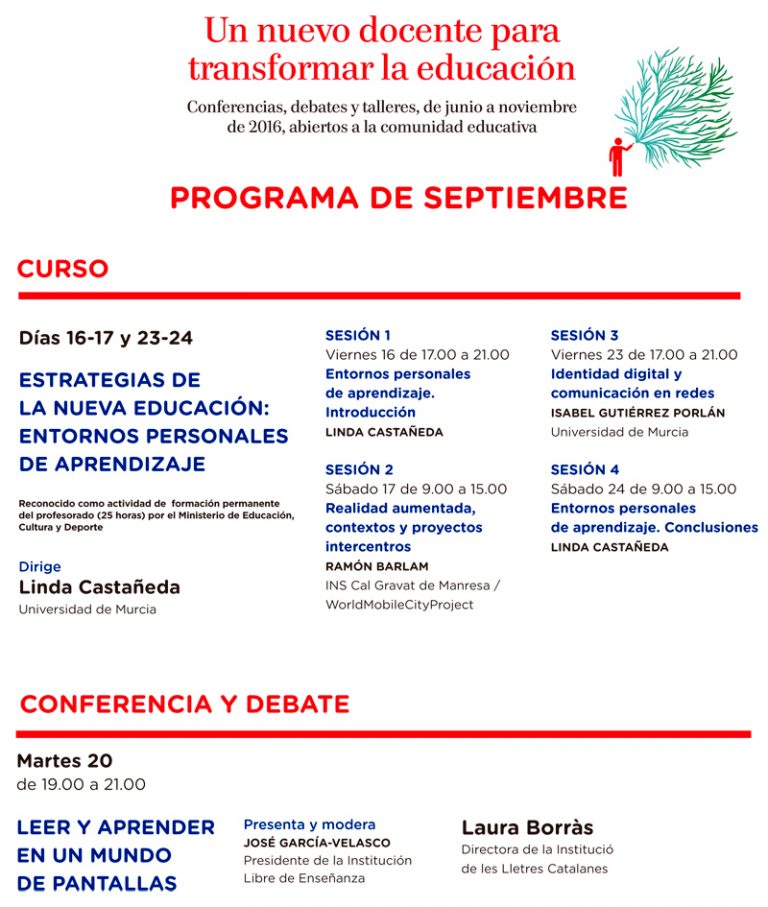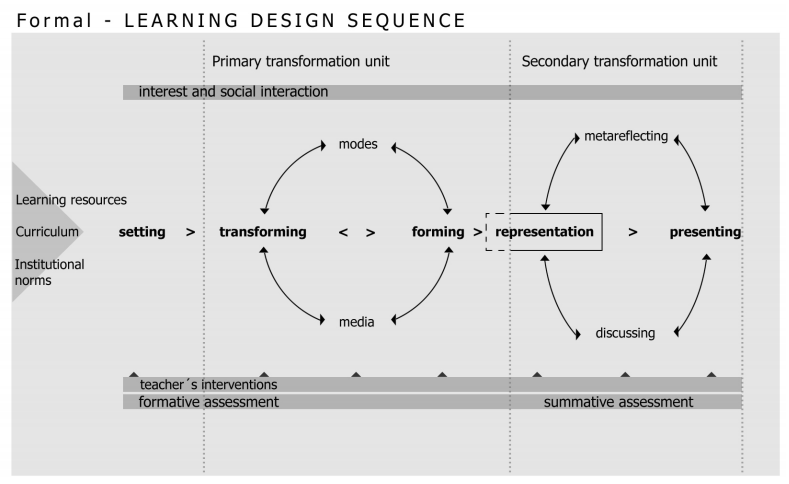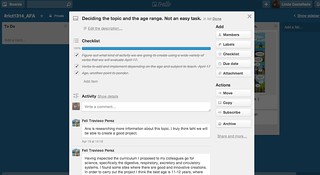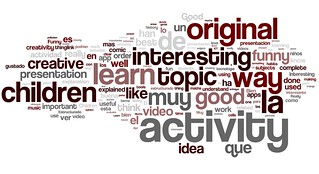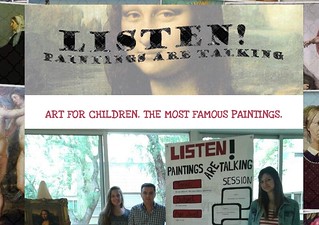This year, I have started working with my students on something new that somehow transforms the day-to-day of our subject.
In this case, this year, we have made a change that I find important in the roles of the subject (if someone knows nothing about the roles I work with my students and is curious, here is the first definition of the roles that I shared, in this post a version interpreted by my students, this was a reform they underwent in 2018, and this was the role reform we made two years ago).
In this case, I want to optimize the roles and incorporate AI into their performance. We have settled on five more detailed roles, which aim to be much more precise in what they are supposed to do and what we intend to do with them. I present them to you as my students see them (these are their instructions as they appear in my course).
FACILITATOR
 The facilitator is responsible for proactively leading the group, ensuring efficient organisation, clear communication, and a positive working environment. This role involves distributing tasks among group members, ensuring everyone understands their responsibilities, and supervising the completion of work within the established deadlines. Additionally, the facilitator reviews the group’s deliverables to ensure they meet quality standards in content, format, and style. To achieve this, they may use digital tools such as Grammarly or DeepL Write to enhance the precision and professionalism of the texts.
The facilitator is responsible for proactively leading the group, ensuring efficient organisation, clear communication, and a positive working environment. This role involves distributing tasks among group members, ensuring everyone understands their responsibilities, and supervising the completion of work within the established deadlines. Additionally, the facilitator reviews the group’s deliverables to ensure they meet quality standards in content, format, and style. To achieve this, they may use digital tools such as Grammarly or DeepL Write to enhance the precision and professionalism of the texts.
A key responsibility of the facilitator is to document the group’s progress through a post on the blog. This post should outline the stages of the project, the decisions made, and the milestones achieved. To make it more visually engaging, it is essential to include a timeline generated using artificial intelligence tools, effectively showcasing the group’s progress and work clearly and creatively.
I am aware that you are familiar with Canva and that ChatGPT is already a tried-and-tested tool, so I challenge you to explore and use other tools that may bring fresh perspectives. Some recommended options are:
- TimelineJS: Ideal for creating interactive timelines based on a Google Spreadsheet. This is a university-led project, highly professional yet simple to use. https://timeline.knightlab.com/)
- Tiki-Toki: Specialised in interactive timelines with a professional design. The free account allows for only one timeline, but you could update it incrementally with each task. (www.tiki-toki.com)
- Preceden: A simple and effective option for planning and documenting milestones. The free account allows for unlimited timelines but with a maximum of 10 events per timeline. https://www.preceden.com/
- Visme: Similar to Canva, this tool enables the creation of interactive timelines with a professional focus. Its freemium model offers useful basic features. (https://my.visme.co/)
The facilitator should also critically reflect on the use of these tools in the group’s work. This includes evaluating how they contributed to the group’s progress, documenting the advantages and limitations encountered, and proposing ideas to improve their application in future tasks. This reflection should form part of the blog post, encouraging a critical and responsible perspective on the use of technology.
TRANSLATOR
 The translator is responsible for selecting, each week, four core concepts directly related to the weekly task. These concepts must connect to the task’s content, the type of media produced as part of the task, or the class dynamics used for presenting the task. At least one concept must address the geek component, one must relate to the methodological-pedagogical aspect, and two must focus on the activity’s theoretical framework. This role is essential for fostering a deeper understanding of critical terms, supporting the development of course competencies, and providing valuable resources for further study.
The translator is responsible for selecting, each week, four core concepts directly related to the weekly task. These concepts must connect to the task’s content, the type of media produced as part of the task, or the class dynamics used for presenting the task. At least one concept must address the geek component, one must relate to the methodological-pedagogical aspect, and two must focus on the activity’s theoretical framework. This role is essential for fostering a deeper understanding of critical terms, supporting the development of course competencies, and providing valuable resources for further study.
The geek component refers to technical or technological aspects of the task, including tools, platforms, software, or digital processes used during the activity. For example, if the task involves creating a video, the geek component might involve exploring video editing software or technical terms related to video production. Similarly, if the task requires online collaboration, the geek component could focus on the platforms or systems used to facilitate that process. This aspect ensures that students develop digital fluency and can navigate and leverage technology effectively.
For each concept, the translator must conduct thorough research to provide a clear, original definition written in their own words. Definitions should be concise yet comprehensive, ranging between 50 and 150 words, and must align with the specific focus of the week’s task. Alongside the definition, the translator must recommend at least two bibliographic references per concept. These references should be selected using an academic AI tool and must be relevant to the topic or its application in the task. The translator should briefly explain the relevance of each reference and why it was chosen, ensuring proper attribution and documentation of all sources.
To carry out this task effectively, the translator will use academic AI tools to identify scientific references. Recommended tools include:
- Semantic Scholar: A free database offering scholarly articles with key insights and citations. https://www.semanticscholar.org/
- Connected Papers: Helps visualise connections between academic papers on similar topics. https://www.connectedpapers.com/
- ResearchRabbit: Facilitates exploring and discovering scientific literature interactively. https://www.researchrabbit.ai/
- OpenAlex: A free index of academic papers and research connections. https://openalex.org/
The translator must also critically examine the definitions and references provided, documenting how the sources support the task and contribute to the group’s understanding. This reflection must demonstrate thoughtful engagement with the materials and highlight the role of technology in enhancing research outcomes. The aim is to create a robust resource for the group, with practical and theoretical value that directly supports the task and tompetencies of this course,. The goal is to have a good archive to study for the exam and develop future courses along the degree.
ANALYST
 The analyst is responsible for conducting the final reflection of the assignment and evaluating group members’ performance each week. This role requires critical and metacognitive abilities to analyze both individual and collective learning, as well as the dynamics of the group’s teamwork.
The analyst is responsible for conducting the final reflection of the assignment and evaluating group members’ performance each week. This role requires critical and metacognitive abilities to analyze both individual and collective learning, as well as the dynamics of the group’s teamwork.
Evaluation of Group Members’ Performance
The analyst must evaluate each group member’s contribution to the task on a weekly basis. This evaluation follows the general rules outlined below:
- The grade will range from 1 to 5, using only whole numbers.
- A grade of 3 (out of 5) means that the person has correctly completed their function and task part on time, without significant mistakes.
- If all group members receive the same grade, the teacher will disregard the grade, and the analyst will be penalised.
- Each grade must be qualitatively justified, explaining the rationale behind the mark.
At the end of each week, the analyst must submit this evaluation (both numerical and qualitative) in an online questionnaire provided through the LMS.
Team’s Final Reflection
In addition to the evaluation, the analyst is responsible for guiding and writing the final reflection of the team. This reflection should address not only what was learned about the subject content, but also about teamwork and the experience of being a teacher. The following guiding questions should be used:
- How did the process of working on this task match your initial expectations? Did anything surprise you about how the task was completed or how your team worked?
- What was the most valuable learning moment? Reflecting on your interaction with the chatbot, what insights did you gain about the work you did and the approach you took?
- Which skills or knowledge did you develop most effectively through this task, and how can you apply them in future activities?
- How confident are you that the work reflects your own ideas and contributions? Can you describe moments during the process that demonstrated this?
- How do the insights and learning from this task connect with your knowledge or other areas of your studies? Were there any surprising connections you discovered?
Reflection Using AI Tools
Before writing the final reflection, the analyst must complete an additional exercise using a chatbot or virtual assistant (such as ChatGPT, PromptPerfect, or Copilot). The objective of this exercise is to encourage a deeper reflection on the task. The analyst must follow the instructions included in the “self-reflection AI helper” document included in the LMS (sorry for the Blog’s readers; I’ll share it lately after testing it a bit more). Once finished the interaction, please Upload the conversation with the chatbot in the analyst questionnaire, along with the weekly evaluation and the numerical/qualitative feedback on team members’ performance. This should be submitted in the same place within the LMS. Based on the chatbot’s interaction, the analyst must perform The Team’s final reflection on what was learned during the activity.
The analyst plays a crucial role in guiding the team through reflection and metacognition. Their responsibilities go beyond evaluating the team’s performance; they are key to helping the group critically assess their progress and the application of technology in the learning process. This role ensures the team reflects on its achievements, challenges, and learning experiences, promoting a deeper understanding of the subject matter and group dynamics.
STAR
 The Star is a key group member responsible for presenting the task, collecting feedback from both the professor (Linda) and peers, and using that feedback to improve the task. This role requires strong communication skills, active listening, and the ability to reflect on and constructively implement feedback.
The Star is a key group member responsible for presenting the task, collecting feedback from both the professor (Linda) and peers, and using that feedback to improve the task. This role requires strong communication skills, active listening, and the ability to reflect on and constructively implement feedback.
The responsibilities of the Star are:
- Presenting the Task:
The Star will present the completed task to the class, ensuring that the task’s objectives, process, and results are communicated. The presentation should be well-structured, concise, and highlight key points of the task. - Collecting Feedback from the Professor (Linda):
After the presentation, the Star will gather feedback from the professor, Linda. This feedback should focus on the task’s strengths and areas for improvement. The Star should take note of specific suggestions that can help refine the task. - Collecting Feedback from Peers:
In addition to feedback from the professor, the Star will actively seek feedback from peers. This involves asking targeted questions during or after the presentation to gather opinions on what worked well and what could be improved. - Writing a Reflection Post:
After gathering the feedback, the Star will write a detailed reflection post that includes:- Outcome of the task: A summary of the task, including the objectives, results, and challenges faced during the process.
- Feedback received: A thorough account of the feedback from both Linda and peers during the presentation. This should be a balanced view, covering both positive and constructive feedback.Please provide a
- Incorporating feedback: A detailed plan of how the feedback will be incorporated into the task to improve its quality. The Star should explain how specific suggestions will be applied and what changes will be made to enhance the final result.
Remember that I want to see feedback implemented in the different tasks in the final portfolio, so collecting and reflecting on feedback is crucial. How the input is integrated into the tasks will be an important part of the overall evaluation.
The Star is essential in promoting continuous improvement within the group. Not only does the Star present the task, but they also ensure that feedback is actively collected and applied to enhance the quality of the task. This role encourages reflection, collaboration, and a commitment to ongoing improvement.
SPOTTER
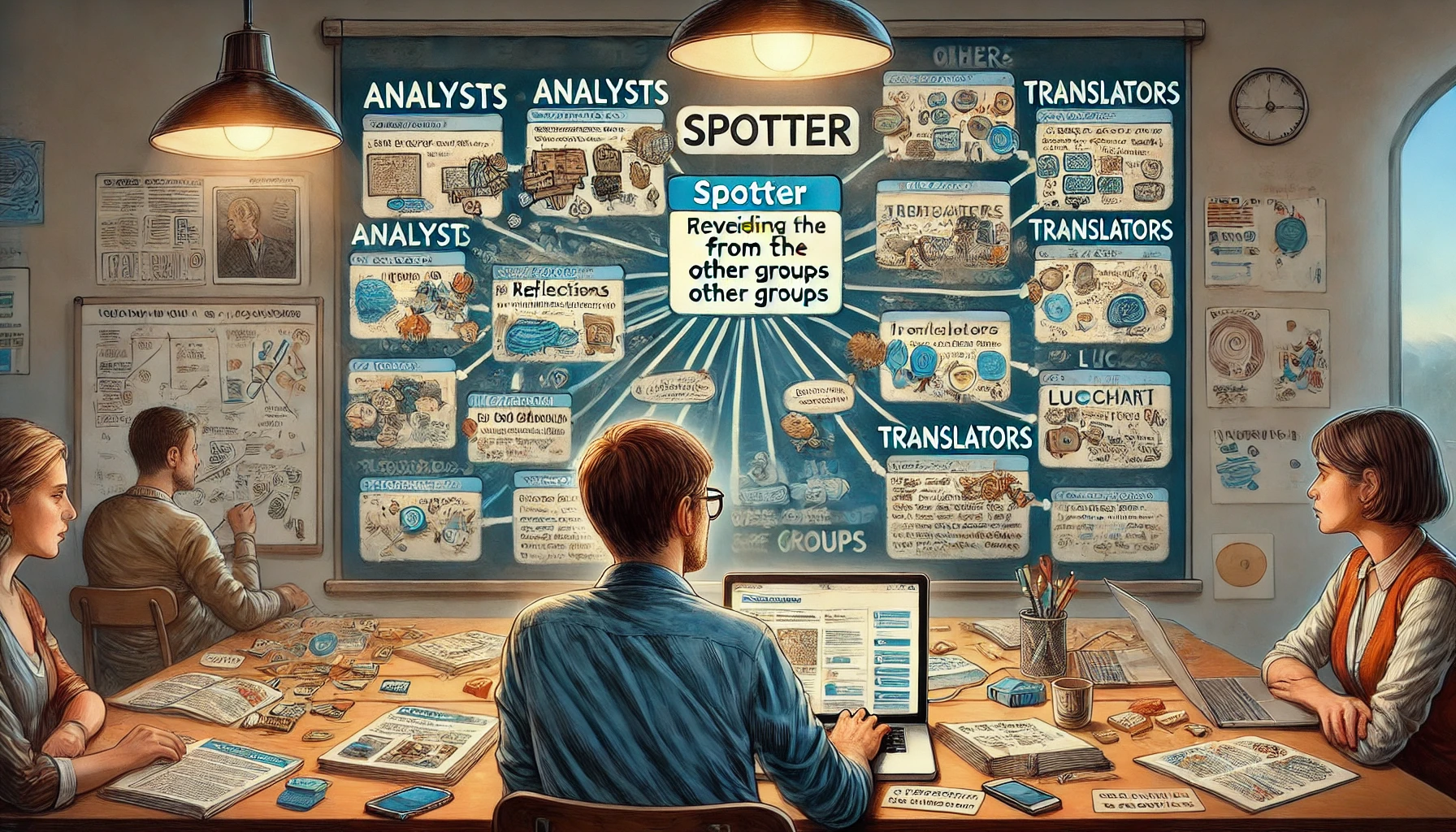 The Spotter is a key member of the group responsible for reviewing the blogs of other groups and analysing the posts of the Analysts and Translators from at least two groups in the class for the PREVIOUS task. Their mission is to identify what their group has not considered, whether concepts, reflections, or approaches, and bring new perspectives to enrich the group’s work.
The Spotter is a key member of the group responsible for reviewing the blogs of other groups and analysing the posts of the Analysts and Translators from at least two groups in the class for the PREVIOUS task. Their mission is to identify what their group has not considered, whether concepts, reflections, or approaches, and bring new perspectives to enrich the group’s work.
The responsibilities of the Star are:
- Reviewing Other Groups’ Blogs: The Spotter must review the posts –from the PREVIOUS task– of the Analysts and Translators from other two groups. Rather than selecting key concepts, their task is to identify what their group has not considered in terms of concepts, reflections, or approaches that may be relevant to their team’s work.
- Comparative Analysis of Reflections: The Spotter must explain in their post what they have found in the reflections of other groups that their group has not considered. This includes identifying new ideas, approaches, or concepts that could enrich their group’s work and that have not been addressed up to this point.
- Creating an Accumulative Diagram: After performing the analysis, The Spotter must generate a diagram showing the terms worked on in each task, including the terms they have found in other groups, as well as essential aspects of what has been learned in that task, both from their group and from other groups. This diagram must grow with each task, accumulating new concepts and reflections as the activities progress. Spotter must use an online tool to create the diagram
The following free online tools are recommended for creating the diagram:
- MindMeister: An online tool for creating mind maps and visual collaborative diagrams. https://www.mindmeister.com/
- Coggle: A tool for creating flowcharts and collaborative mind maps. https://coggle.it/
- Lucidchart: A tool for creating visual diagrams and collaborating in real-time. https://www.lucidchart.com/
- Mural: A collaborative tool that allows teams to create visual maps and diagrams. https://www.mural.co/
- MindMup: A free tool for creating collaborative mind maps. https://www.mindmup.com/
The Spotter must include (preferably embed) the diagram in their post and provide a detailed explanation of the differences and key aspects found in other groups’ work and how these can enrich their group’s work.
The spotter’s role is essential for fostering comparative analysis and learning between groups. This role ensures that the group is aware of approaches and concepts other teams are exploring, which helps enrich the team’s work and improve the quality of reflection and concepts. Additionally, as an accumulative task, the diagram will grow with each task, resulting in a complete and collaborative map by the end of the course.
We have just started. My students are in a panic after the first-week hehehehehe, but I think the work could be exciting. We’ll see.
I’ll keep you posted.
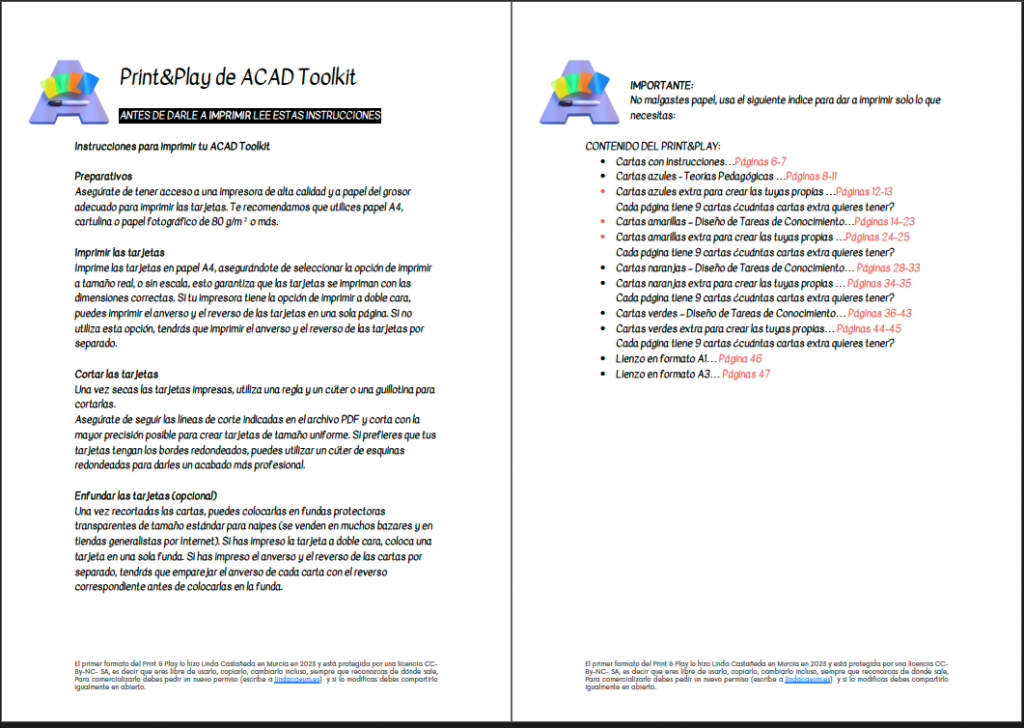
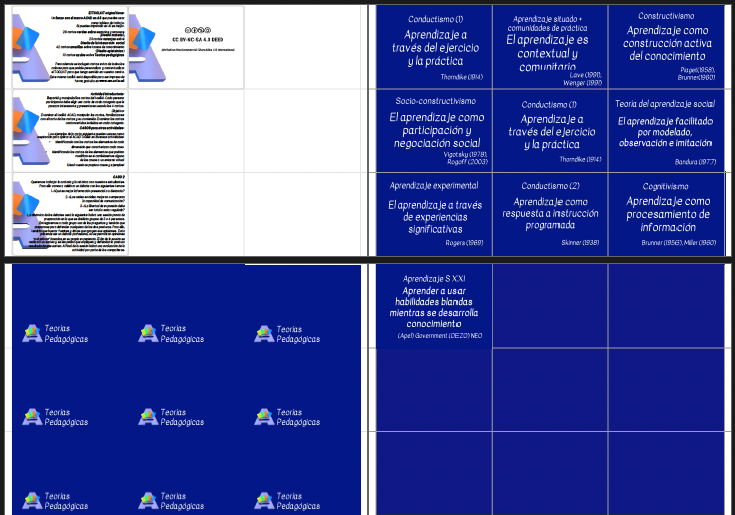
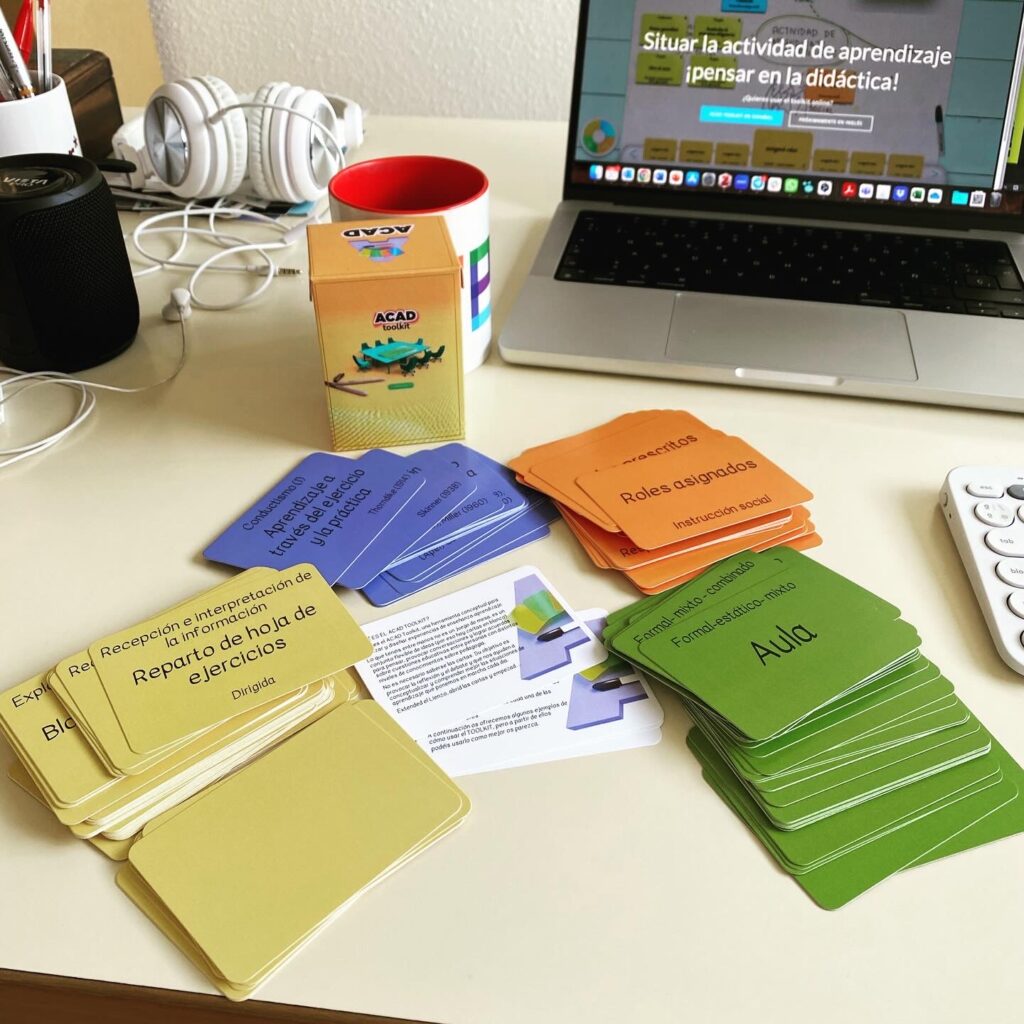


 than 75 tools and I hope that, having incorporated it into the way they work with technology, it will be useful as a revival of their approach to technology
than 75 tools and I hope that, having incorporated it into the way they work with technology, it will be useful as a revival of their approach to technology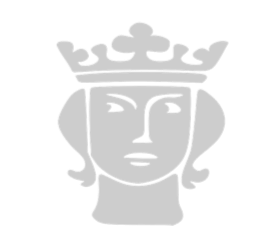
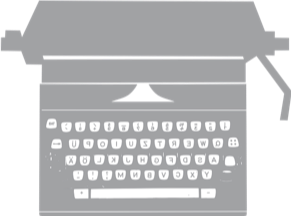 of documenting everything that happens in the group, having the freedom to do his/her task in the format he/she considers most appropriate, and the students are encouraged to “tell the stories” of their groups using the variety of formats allowed by ICT. It is hoped that such a chronicle can serve, in addition to the teacher’s obvious process evaluation purposes, the group as a field notebook and record that will enable them to make decisions about whether to maintain or modify their own internal work dynamics.
of documenting everything that happens in the group, having the freedom to do his/her task in the format he/she considers most appropriate, and the students are encouraged to “tell the stories” of their groups using the variety of formats allowed by ICT. It is hoped that such a chronicle can serve, in addition to the teacher’s obvious process evaluation purposes, the group as a field notebook and record that will enable them to make decisions about whether to maintain or modify their own internal work dynamics.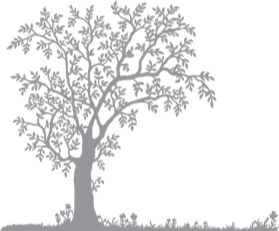 The curator is in charge of compiling and organizing in a schematic way all the sources of information that the group has used for the development of the activity. In addition, he or she must be in charge of sequencing the documentation indicating the process carried out and linking and referencing (according to APA standards) this documentation in a schema (mind map) so that this mechanism allows students to make a representation of a part of the cognitive structure they have set up for the specific task (McKeachie et al., 1987, p. 15).
The curator is in charge of compiling and organizing in a schematic way all the sources of information that the group has used for the development of the activity. In addition, he or she must be in charge of sequencing the documentation indicating the process carried out and linking and referencing (according to APA standards) this documentation in a schema (mind map) so that this mechanism allows students to make a representation of a part of the cognitive structure they have set up for the specific task (McKeachie et al., 1987, p. 15).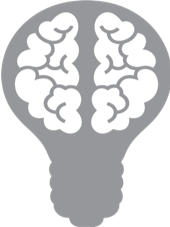 classified by its function, among those that help students to formulate what they know and to integrate it, as well as those that aim to encourage students’ thinking and improve their reasoning (Johnson et al., 1999).
classified by its function, among those that help students to formulate what they know and to integrate it, as well as those that aim to encourage students’ thinking and improve their reasoning (Johnson et al., 1999). Inspired by the role of Analyst described in some of the works referred to in Strijbos and De Laat (2010), the analyst is the role responsible for making the final reflection of the work and also make the weekly evaluation of the performance of group members.
Inspired by the role of Analyst described in some of the works referred to in Strijbos and De Laat (2010), the analyst is the role responsible for making the final reflection of the work and also make the weekly evaluation of the performance of group members. The role of the star is to present to the whole class the final product of the weekly tasks, attending to the requirements specified by each task.
The role of the star is to present to the whole class the final product of the weekly tasks, attending to the requirements specified by each task.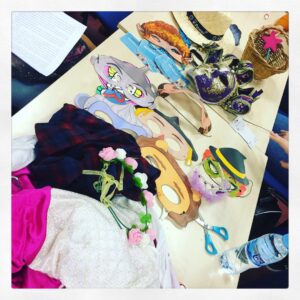
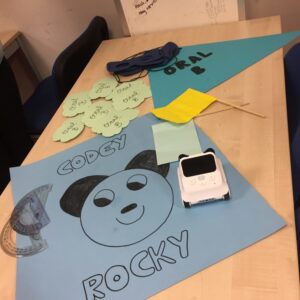
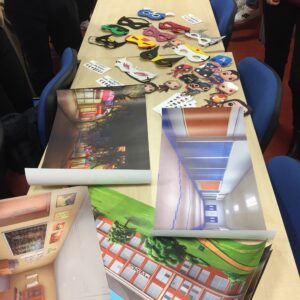
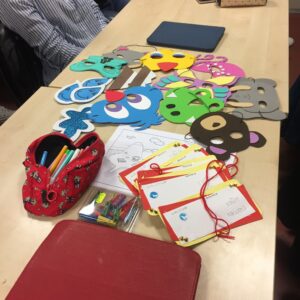
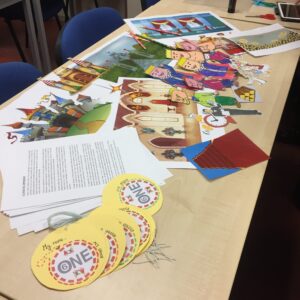
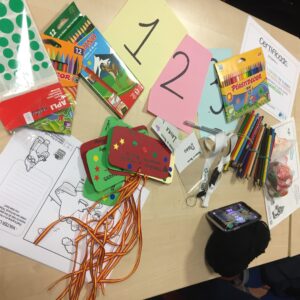
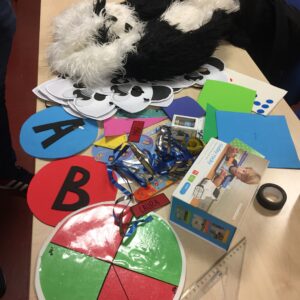
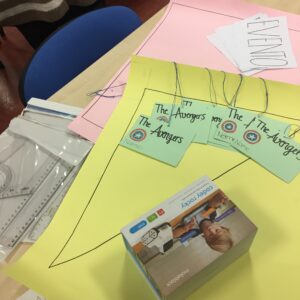
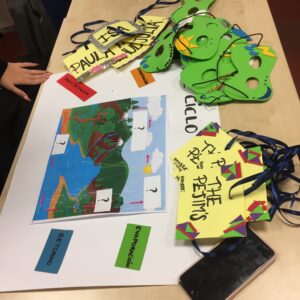
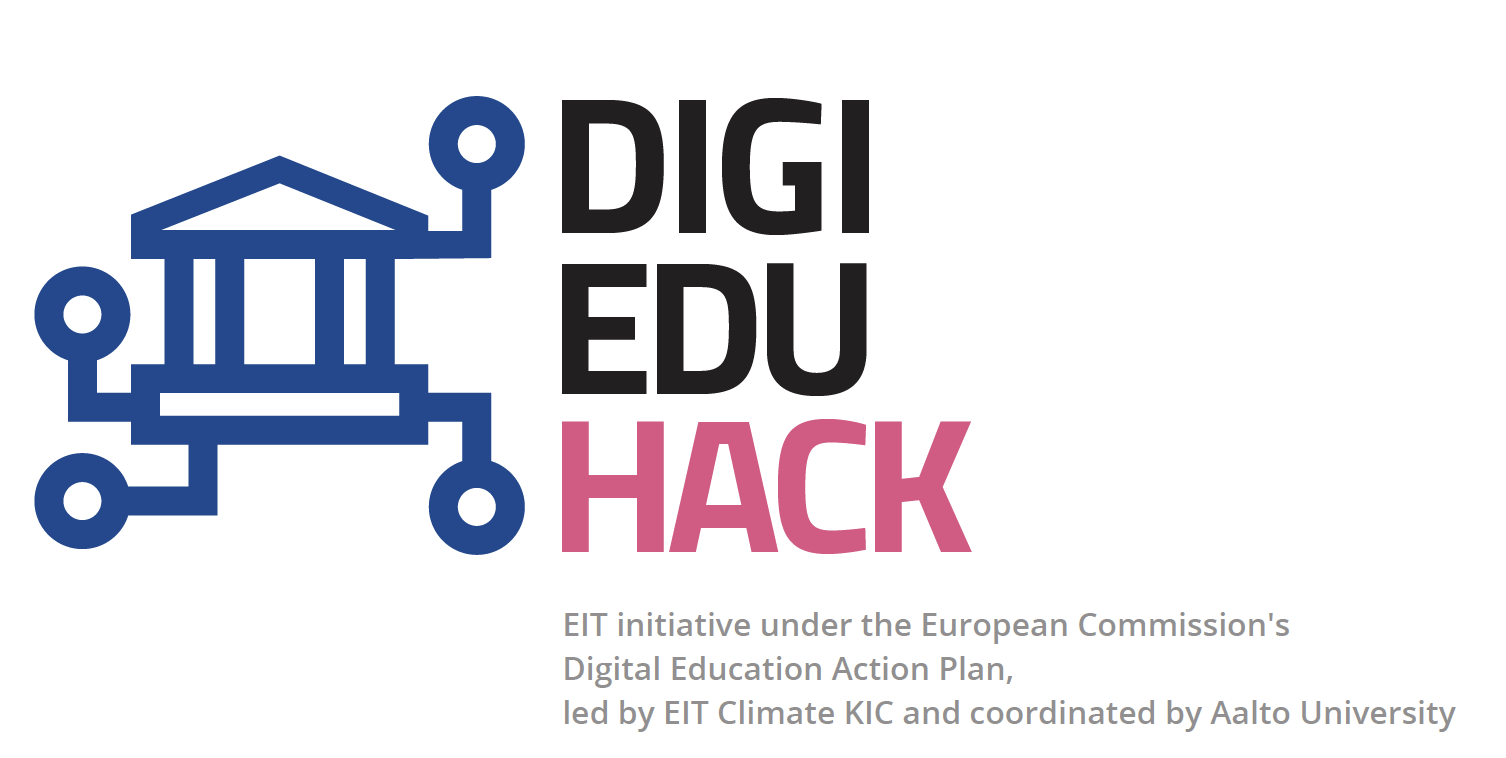 If for all the institutions around the world the digital transformation of education is an inexcusable necessity, for the European Union it is one of its top current priorities.
If for all the institutions around the world the digital transformation of education is an inexcusable necessity, for the European Union it is one of its top current priorities.